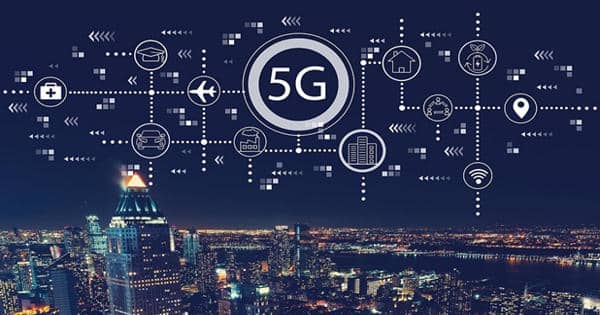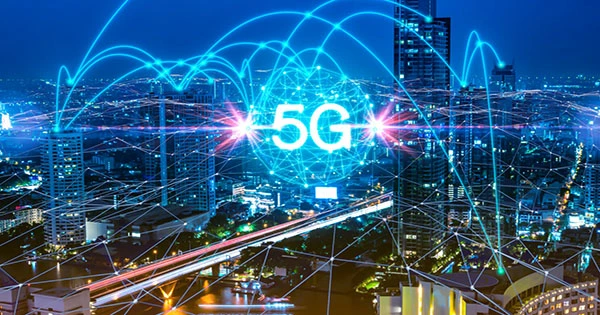It the technology that allows you to communicate wirelessly, such as from your cell phone to a cell tower, which then connects you to the internet. The 5 GHz band on your Wi-Fi router is not the same as 5G, which is a network service supplied by telecommunications operators. 5G has a tenfold increase in bandwidth over its predecessor, 4G. Because 5G employs additional higher-frequency waves to encode and convey information in addition to low and medium frequency radio waves, the increased bandwidth is conceivable.
The width of a highway is similar to bandwidth. The more lanes and cars that can be transported at the same time, the wider the roadway. This makes 5G significantly quicker and capable of supporting a greater number of devices. As part of the Internet of Things movement, 5G will connect numerous additional items ranging from photo frames to toasters, in addition to your phone and cellular-enabled laptop. Even while 5G can support up to a million devices per square kilometer, all of that bandwidth could quickly be consumed, necessitating the development of a future 5.5G with even more bandwidth. 5G can give rates of up to 1 gigabit per second, with average speeds of roughly 50 megabits per second.

You can download a high-definition movie in less than a minute with a gigabit per second connection. Is this to say that there will be no shakier cell connections in busy areas? The greater bandwidth will help, but just as adding lanes to highways does not always decrease traffic congestion, 5G networks anticipated to transport a lot more data than 4G networks, so you may still have trouble getting a strong connection at times. Low-, mid-, and high-band frequencies can all be used in 5G, each with its own set of benefits and drawbacks. Lower-frequency waves travel further but take longer to reach their destination.
Information can travel quicker using higher frequency waves, however these waves can only travel a certain distance. Higher-frequency 5G networks can reach gigabit-per-second speeds, making ethernet and other wired connections redundant in the future. The increased frequency, however, comes at a larger expense, so it only used where it most needed; in congested urban areas, stadiums, conference centers, airports, and concert halls.
Ultra-Reliable and Low-Latency Communications, a type of 5G service, can be employed in situations when data must be transferred without loss or interruption in service, such as controlling drones in disaster zones. After the technology matures, it may even utilize for remote surgery in the future. Professor of Information Sciences and Technology at Penn State, Prasenjit Mitra the Conversation has given permission to reprint this article under a Creative Commons license. Read the full article here.
















